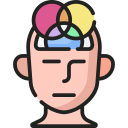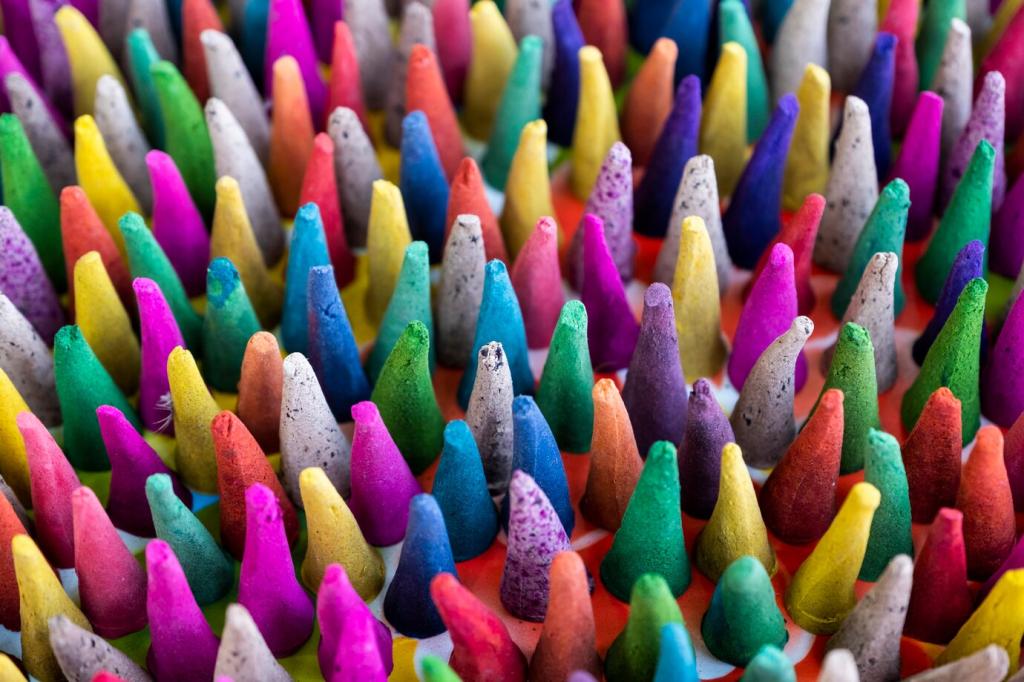Color Constancy and Context: Why a Banana Stays Yellow
In this illusion, identical squares appear different because the brain infers a shadowed region and compensates for dimmer light. Surround comparisons and expectations override pixel values, demonstrating active color computation rather than passive recording.
Color Constancy and Context: Why a Banana Stays Yellow
Staring at a colored patch fatigues certain cone pathways, so a white surface later appears tinted in the opponent hue. Surround fields also bias perception, revealing how ongoing calibration stabilizes scenes as lighting conditions continually change.




